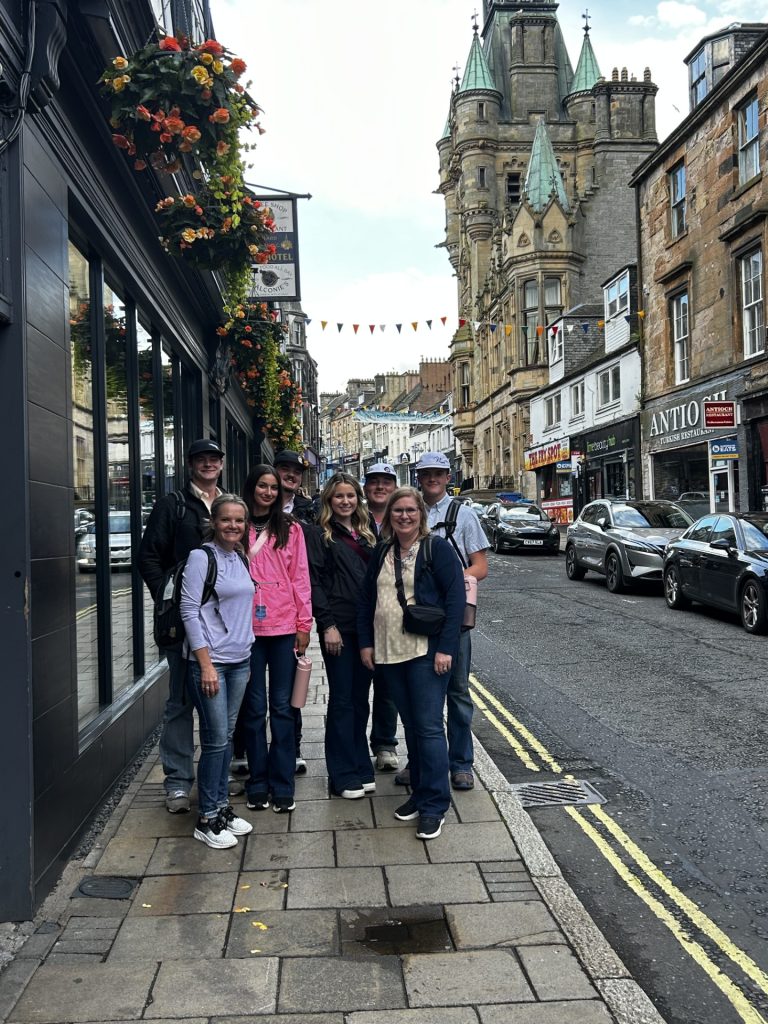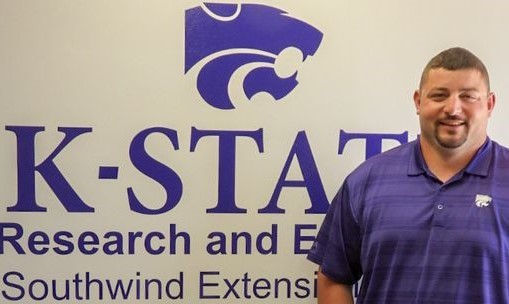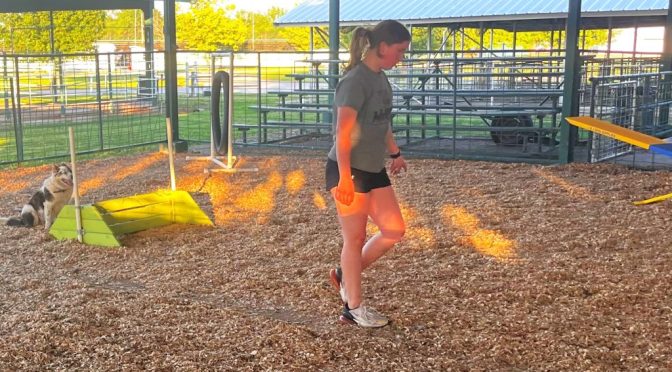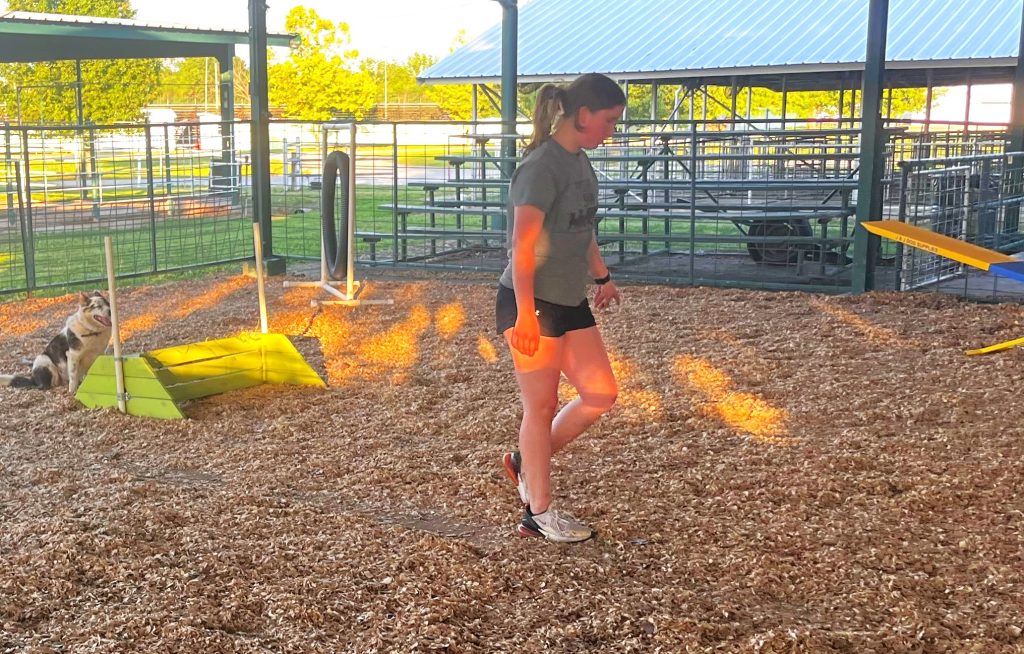
- The heat is on, I know we have all felt it! Now is a great time to remember the importance of getting a lot of fluids during this active, warm time of year. Here are answers to a few questions about health and adequate hydration, according K-State Research and Extension Fact Sheet, Liquid Assets: The Value of Fluids to Your Health.
- Q: Is hydration the only benefit of water?
- A: Hydration is very important for your body, however, it is surprising just how much of the body water affects! Water is the most abundant compound in our body. It assists with weight loss, blood transportation, organ and joint health, digestion, brain health, temperature control….and the list goes on!
- Q: Is Water My Only Choice?
- A: Of course, there are numerous products to choose from, but there is a difference between better and best beverage choices. Water remains the best drink for keeping people hydrated because it is the easiest to absorb.
- Other fluids can come from foods and beverages with high water content and provide some nourishment. Examples include milk, 100% fruit juice (limit), fruits, and vegetables. Watch out for beverages such as sports drinks, carbonated beverages, and fruit drinks, which include large doses of sugar calories.
- Need some flavor? Add fruit or vegetables such as lime, watermelon, or cucumber to your water. You can also mix some beverages, try ½ cup of fruit juice with ½ cup club soda or ½ cup unsweetened tea with ½ cup of light lemonade.
- Q: How much fluid do I need?
- A: A simple question with no easy answer. It does depend on many factors including health, how active you are, and where you live. The Institute of Medicine has determined adequate intake of fluid for men is roughly 3 liters (about 100 ounces or 13 cups), and 2.2 liters (about 73 ounces or 9 cups) for women. For most people, water and other beverages provide 80 percent of this amount and food provides the remaining 20 percent.
- Q: What are the signs of dehydration?
- A: The signs and results escalate the more dehydrated you become. Some common signs include thirst, dry mouth and skin, fatigue, weakness, loss of appetite, flushed skin, and headache.
- You know it is Fair time with heat and community activity! Join us for a local fair of your choice and remember to bring your water!
- Allen County July 25th-July 29th
- Bourbon County July 15th -July 19th
- Neosho County July 25th-July 29th
- Woodson County July 17th-July 22nd
For more information contact Tara Solomon-Smith, [email protected], or call 620-244-3826.
# # #
Kansas State University Agricultural Experiment Station and Cooperative Extension Service













